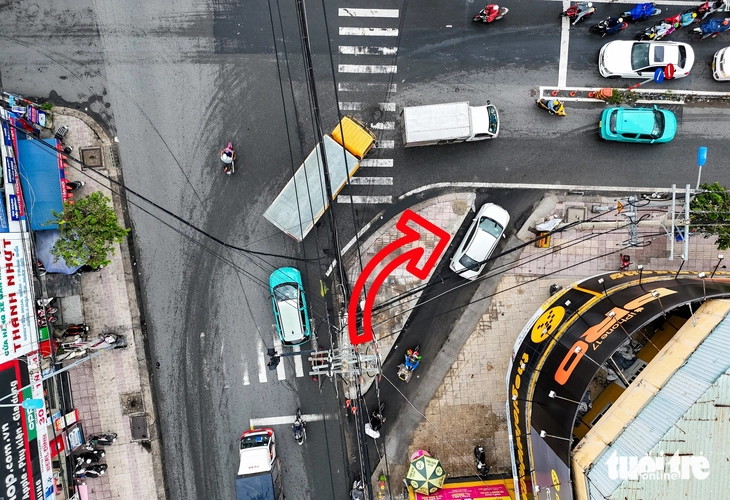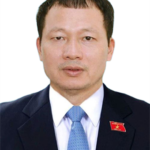My house is on Pham Van Dong Street (Ho Chi Minh City), near Go Dua Bridge. Every time I go to Thu Duc Market, I have to travel along Kha Van Can Road.
Kha Van Can Road isn’t long but frequently gets congested because the roadway is narrow, with many construction material stores, ornamental plant shops, household goods stores, and numerous intersecting cross streets. The section where Kha Van Can intersects with Street No. 2 is always congested; during peak hours, it takes 2-3 traffic light cycles to get through.
On September 28, the Department of Construction cut a 12-meter long, 2.5-meter wide section from Kha Van Can Road into the beginning of Street No. 2 and allowed vehicles to turn right. This small change alone has significantly improved the traffic situation, making this area much more fluid.
However, to replicate this success more widely, the Department of Construction should spend more time observing on-site conditions and listening to residents, businesses located right at the sidewalk cutting points, and even traffic police to get practical suggestions.
For example, signs should be placed about 20-30 meters before the opened sidewalk section to inform drivers about the right-turn option, preventing them from blocking the lane. If just 1-2 motorcycles stop at the red light blocking the right-turn path, congestion occurs immediately.
Of course, not every sidewalk can be arbitrarily cut. This can only be applied to sidewalks that are at least 4 meters wide, as 1.7 meters must be reserved for pedestrians (1.5 meters for the walking surface and 0.2 meters for the curb). The cut portion also cannot be less than 2 meters to allow at least one vehicle to enter.
Furthermore, if sidewalks are cut, they should be bordered with square block stones, not slanted curbs, because slanted curbs would encourage motorcycles to drive onto the sidewalk.
Similarly, trimming traffic islands at intersections requires caution. Oversized islands occupying too much road space can be reduced, but the proportional balance of space must be considered, ensuring they remain large enough for buses and trucks to navigate turns without being too sharp.
Trimming sidewalks and arranging continuous right-turn lanes has shown clear effectiveness, reducing the number of vehicles waiting for green lights and improving traffic flow.
Residents look forward to improvement initiatives from the authorities across all sectors—not just traffic, but also drainage, waste management, healthcare, public administration… Sometimes, just one small idea can bring significant benefits to the people.
The city administration should open a dedicated mailbox to receive suggestions from residents. Life is diverse, cities are multifaceted; residents have many good ideas. If the authorities make an effort to listen and observe carefully, they can bring about more practical changes for the city.
For instance, the idea of making public benches uneven to prevent homeless people from occupying them as sleeping places came from an elderly person who often walks in parks in Bangkok and submitted it to the city authorities. This has now become a model used at public bus stops in many countries.
Ho Chi Minh City will add more box junctions and trim sidewalks at several busy intersections to open right-turn lanes. This helps traffic flow more smoothly, reducing congestion and gridlock during peak hours.






